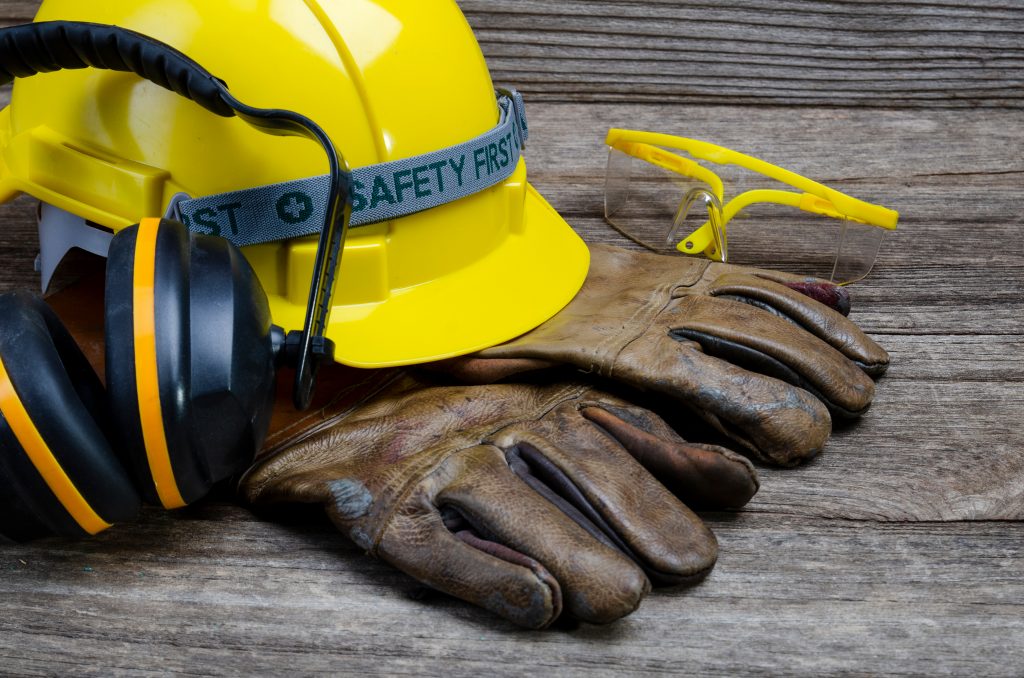
Material handling can present various safety challenges, including worker injury, exposure to toxic chemicals, flammable environments, and material spills. It’s important to implement safety protocols to prevent health hazards and meet industry regulations.
Read how to improve material handling safety in all plant operations.
Regular Training and Refresher Courses
Training is the bedrock of any safety protocol. All personnel involved in material handling should undergo a comprehensive training program and periodic refresher courses. This ensures that safety protocols remain top-of-mind and are updated with the industry’s best practices.
Limit Manual Handling
Even with the best techniques, the continuous manual handling of materials can lead to musculoskeletal disorders. Wherever possible, automate processes or use machinery.
For instance, a pneumatic flow aid like AirSweep can help move material through silos, hoppers, and other vessels. It prevents bridging and ratholing and eliminates the need for workers to manually clear material blocks with hammers or pick-axes.
Use of Personal Protective Equipment (PPE)
Wearing the right PPE can make a difference between a regular day at work and an unfortunate incident. Depending on the material and the nature of the job, PPE can range from safety gloves, hard hats, safety glasses, to steel-toed boots. Ensuring that the PPE is not just available, but also used correctly, is one of the best ways to improve material handling.
Safety protocols for heavy equipment
Forklifts, conveyors, and other heavy machinery play a significant role in material handling. However, they can also be sources of severe injuries if used incorrectly. Implement measures like designated walkways, clear signage, speed limits, and ensuring that only trained personnel operate such machinery.
Advanced safety features
Incorporate safety tools that monitor equipment and provide real-time feedback.
For instance, DAZIC zero speed switches can detect abnormal changes in speed of rotary equipment like conveyor belts or bucket elevators. If something goes wrong, these switches can trigger alarms or shut down the system, preventing material pile-up and worker injury.
Regular equipment maintenance
Well-maintained equipment is less likely to malfunction, thereby reducing the risk of accidents. Regular checks and preventive maintenance can catch potential problems before they escalate.
Emergency Preparedness
Despite the best precautions, emergencies can still occur. Prepare a well-documented and practiced emergency plan. Regularly conduct drills, ensure that emergency exits are clearly marked and unobstructed, and have first aid kits readily accessible.
Learn how to improve material handling with Control Concepts
Safety in material handling is a multi-faceted approach, from training and PPE to incorporating advanced systems like AirSweep flow aids and DAZIC zero speed switches.
We can help you ensure a safer work environment while also improving efficiency and productivity. Contact us to find out more about how to automate material handling and prevent material spills and pile-up.





Comments are closed